- Building a socio -economic development scenario for Ca Mau province after the merger
People trust and expect
The administrative history of Ca Mau and Bac Lieu has witnessed many changes. During the period 1976-1996, Bac Lieu and Ca Mau were merged into Minh Hai province to suit administrative conditions and economic development. On January 1, 1997, Minh Hai province was divided into Bac Lieu and Ca Mau provinces, creating conditions for each locality to promote its own potential and advantages.
Nearly 30 years after the separation, a new chapter in the development history of Ca Mau and Bac Lieu was written. On April 12, 2025, at the 11th Conference of the 13th tenure, the Party Central Committee issued Resolution 60-NQ/TW, deciding to merge Ca Mau and Bac Lieu provinces, re-establishing a unified provincial-level administrative unit called Ca Mau, and the administrative center will be located in the current Ca Mau city.
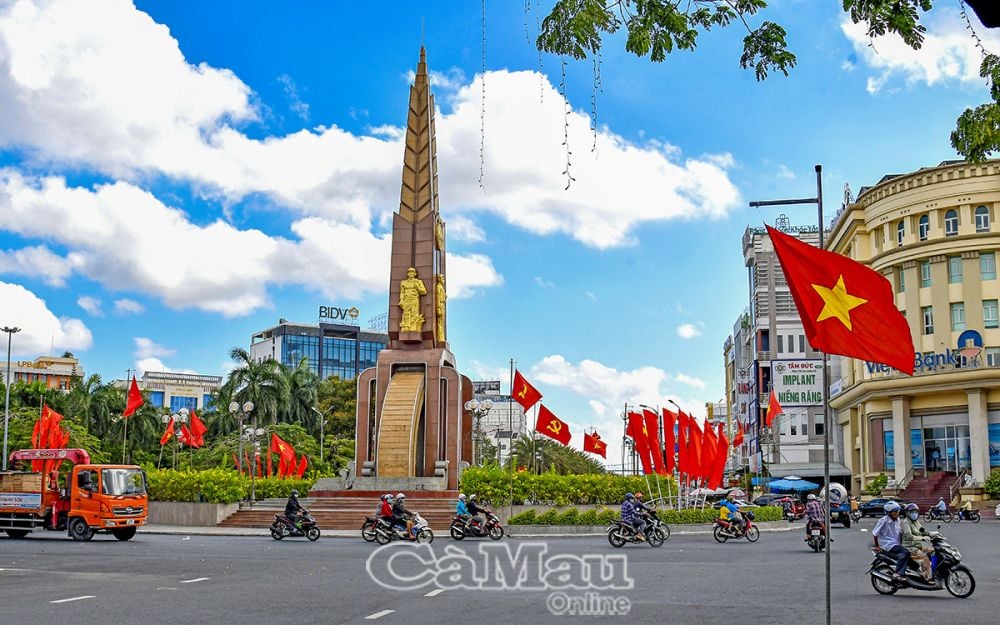
The administrative center of Ca Mau province (new) will be located in the current Ca Mau city.
The project to reorganize Bac Lieu and Ca Mau provinces has just been approved by the People's Councils of the two provinces and has been submitted to the Central Government for consideration. Accordingly, after the merger, Ca Mau province will possess a formidable potential with a total natural area of nearly 8,000 km², a population of more than 2.6 million people and 64 administrative units (55 communes and 9 wards). Notably, in the 64 commune-level administrative units (AUs) after the reorganization, there are no AUs with serial numbers or words indicating the directions East, West, South, North; AUs are the names of historical figures whose full names and first names are adjusted, not abbreviated, such as: Phan Ngoc Hien commune (formerly Ngoc Hien), Quach Van Pham (formerly Quach Pham)...
Comrade Pham Thanh Ngai, Deputy Secretary of the Provincial Party Committee, Chairman of the People's Committee of Ca Mau province, emphasized that the province is carrying out two parallel tasks of arranging provincial-level administrative units and arranging commune-level administrative units. This is a very important task with a large workload. The almost absolute support from the communities of the two provinces has created a solid foundation for this turning point decision. Nearly 99.2% of voters in Ca Mau and Bac Lieu participating in the vote agreed with the merger policy, showing their trust and expectation for positive changes.
Bac Lieu and Ca Mau provinces have similar natural and socio-economic conditions, each province has its own advantages that can be supplemented to expand development space; there is a close connection in terms of residential community, geographical location, and history of the formation of administrative units; there is a synchronously developed road and waterway traffic system, well meeting the increasing development needs; these are conditions for Ca Mau province after the merger to become a dynamic socio-economic center and have an important position in the region and the whole country.
Dynamic and prosperous economic and social center
The merger of Bac Lieu and Ca Mau provinces will expand development space, create conditions for more synchronous planning and investment; create larger-scale economic zones, enhance competitiveness, attract better investment, exploit and maximize the potential advantages of the localities for development, such as an economy that fully converges key sectors and fields (agriculture, industry, renewable energy development, clean energy, tourism, marine economy and synchronous infrastructure), thereby promoting comprehensive economic growth.
In particular, developing the marine economy, with a coastline of 310 km and a large sea area of about 120,000 km2, is one of the largest "aquatic granaries" in the country. Circular, organic agriculture, following a large-scale economic model (rice cultivation area of about 312,000 ha; aquaculture area of about 450,900 ha, shrimp output continues to lead the country with about 566 thousand tons, export turnover reaching about 2.48 billion USD), ensuring raw materials for the food processing industry, avoiding fragmented, small-scale, spontaneous production, and lack of planning. Promoting the attraction of clean energy projects such as wind power, solar power, green hydro projects, green ammonia from renewable energy sources... towards electricity export.
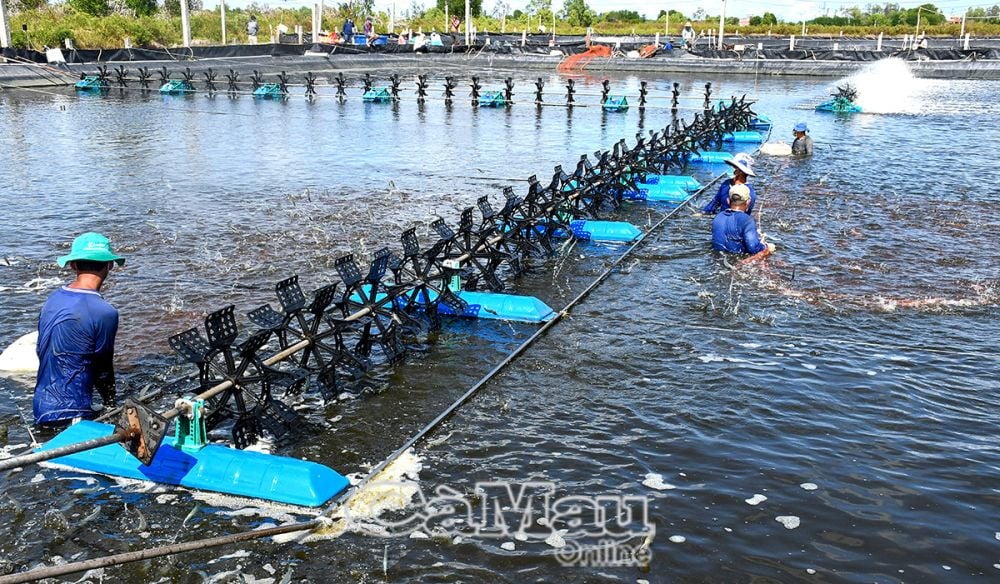
Ca Mau province (new) has an aquaculture area of about 450,900 hectares, shrimp output continues to lead the country with about 566 thousand tons, export turnover reaching about 2.48 billion USD.
The combined strength will be promoted when the province focuses resources on investing in local socio-economic development, especially the connecting transport system with synchronous investment, facilitating the socio-economic development of the new administrative unit. Accordingly, a relatively comprehensive, modern, and synchronous infrastructure system will be formed, ensuring high connectivity such as: airports (Ca Mau Airport); highways (both vertical axes including Can Tho - Ca Mau highway, Ca Mau - Dat Mui highway and horizontal axes Ha Tien - Rach Gia - Bac Lieu highway); national highways (National Highway 1, National Highway 63, Quan Lo - Phung Hiep, Ho Chi Minh road, Nam Song Hau road, Southern coastal corridor road); coastal roads (passing through Bac Lieu and Ca Mau); seaports (Hon Khoai and bridges connecting Hon Khoai island); Investing in infrastructure to promote the advantages of the province's marine economic centers such as: Ganh Hao, Song Doc, Cai Doi Vam, Khanh Hoi...
Not only creating momentum and strength for economic development, the merger also brings social benefits, helping to reduce the differentiation and development gap between regions in terms of living standards, income and development opportunities; the quality of public services is improved, contributing to better serving the people, such as: education and health care are better invested; social security work is focused on; rural infrastructure will be supplemented with synchronous investment; local cultural values will be comprehensively preserved and promoted; at the same time, promoting tourism development and cultural exchange activities between regions, contributing to improving the overall life of the people.
Currently, the two localities are urgently preparing the necessary conditions for the new Ca Mau province to officially launch after the National Assembly resolution takes effect. The work of arranging the apparatus, personnel and resolving related issues will be carried out in a systematic manner, ensuring stability and sustainable development for the province in the future. People and businesses will be facilitated in the process of converting administrative procedures.
Comrade Nguyen Ho Hai, Secretary of the Ca Mau Provincial Party Committee, emphasized: “The merger of Bac Lieu and Ca Mau provinces is in line with the Party's policy, in line with local realities, meeting requirements, goals, and rationally organizing administrative units, contributing to reducing the number of administrative units, the number of people working in agencies and organizations of the local political system, reducing budget expenditures, improving the effectiveness and efficiency of State management, meeting the requirements of socio-economic development, and improving people's lives”.
With consensus, determination and available potential, Ca Mau province (new) promises to create a strong breakthrough, becoming a dynamic and prosperous socio-economic center in the Mekong Delta region.
Dream of the Ordinary
Source: https://baocamau.vn/ca-mau-bac-lieu-hop-nhat-co-hoi-phat-trien-mang-tinh-lich-su-a38807.html


![[Photo] Prime Minister Pham Minh Chinh attends the groundbreaking ceremony of Trump International Hung Yen Project](https://vphoto.vietnam.vn/thumb/1200x675/vietnam/resource/IMAGE/2025/5/21/ca84b87a74da4cddb2992a86966284cf)
![[Photo] Scientific workshop "Building a socialist model associated with socialist people in Hai Phong city in the period of 2025-2030 and the following years"](https://vphoto.vietnam.vn/thumb/1200x675/vietnam/resource/IMAGE/2025/5/21/5098e06c813243b1bf5670f9dc20ad0a)


![[Photo] Prime Minister Pham Minh Chinh receives Rabbi Yoav Ben Tzur, Israeli Minister of Labor](https://vphoto.vietnam.vn/thumb/1200x675/vietnam/resource/IMAGE/2025/5/21/511bf6664512413ca5a275cbf3fb2f65)
![[Photo] Determining the pairs in the team semi-finals of the National Table Tennis Championship of Nhan Dan Newspaper](https://vphoto.vietnam.vn/thumb/1200x675/vietnam/resource/IMAGE/2025/5/21/eacbf7ae6a59497e9ae5da8e63d227bf)
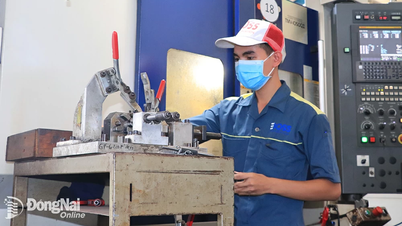

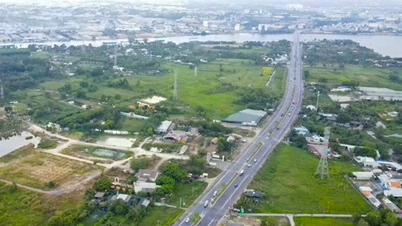



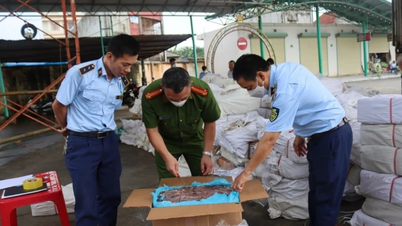

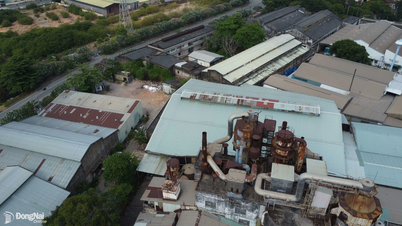





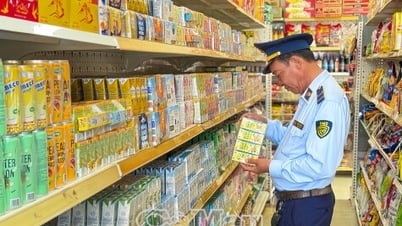








































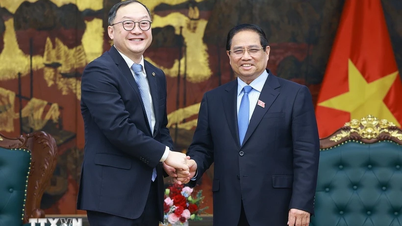

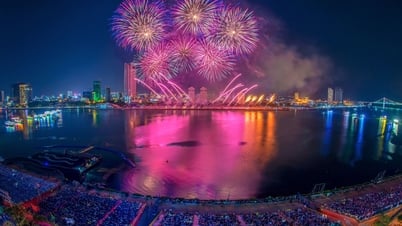






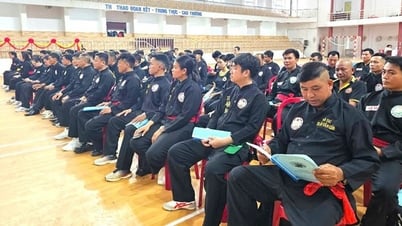






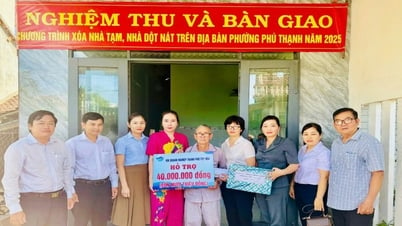
















Comment (0)